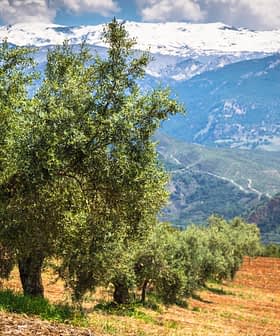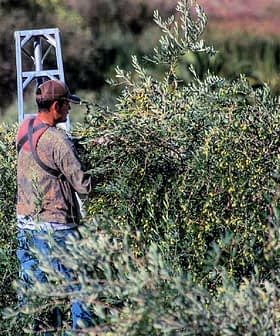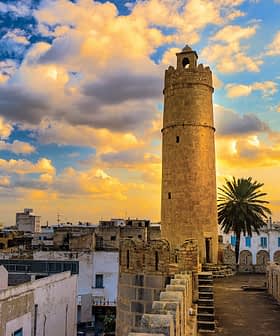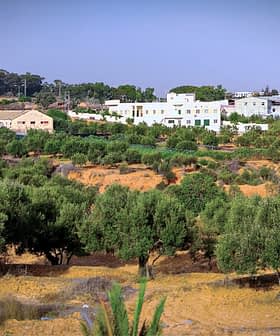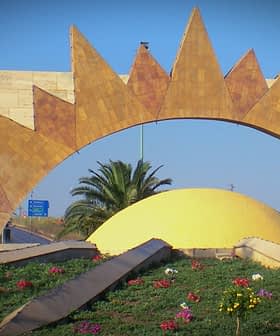 6.7K reads
6.7K readsWorld
2,300-Year-Old Olive Oil Lamp Unearthed in the West Bank
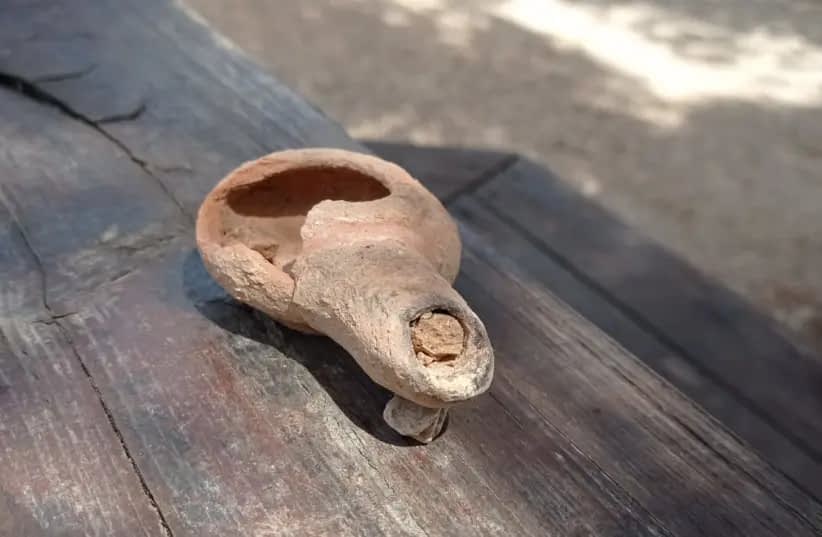
A 2,300-year-old clay olive oil lamp was discovered intact near a Samaritan stone bath at Mount Gerizim National Park in the West Bank, surprising local experts who found the lamp while cleaning the site by hand. The lamp is believed to have been used for purification purposes, reflecting the long history of olive oil lamps being used for indoor lighting and religious rituals throughout the Mediterranean basin.
A clay olive oil lamp dating back at least 2,300 years has been found among the ruins of an excavation site in the West Bank.
The lamp was recovered intact close to a Samaritan stone bath found at Mount Gerizim National Park, a location of interest for archeologists.
According to the Jerusalem Post, local experts were surprised by the finding, which reportedly happened by chance while workers were hand-cleaning the site.
See Also:Olive Oil Production Continues at Historic Home of Emperor Hadrian“It is great to find something even after all those years of excavation,” said Netanel Elimelech, director of the park.
“We found a lot of clay sherds lying around, but to find something complete with signs of its use is pretty nice,” he added. “You can still see the black marks of burning from when the lamp was used. It throws you back [in time].”
Mount Gerizim is viewed as a sacred location by the Samaritans. This small religious community still inhabits a village there, where the house of their high priest is also located.
Their tradition dates back to the 8th century BCE, and archeologists have found the remains of an ancient city with its walls, temples and residential areas there.
Previously, researchers had also found traces of an olive press at the site, which is located just south of Nablus, a prominent center of olive oil soap production.
Local experts believe that the Samaritans used the lamp for purification purposes. Olive oil has been used for lamps throughout the Mediterranean basin for centuries. In addition, olive oil for fueling indoor lighting devices has often been associated with religious rituals.
For example, archaeologists in southern Italy are investigating the connection between the so-called “white olive trees” of the Leucocarpa cultivar and the ancient tradition that saw the Leucocarpa olive oil used for indoor lighting in local churches.
According to the Liberty Biblical Museum, olive oil lamp technology and shape evolved through the Bronze Age, a period of human history stretching approximately from 3300 to 1200 BCE.
See Also:North Africans Ate Olives 100,000 Years Ago, Evidence SuggestsThe early lamps were mostly a bowl “filled with olive oil with a wick laid on the side of the rim and then developed by the Middle Bronze Age to the form of a pinched bowl and then in the Late Bronze-Iron Ages to the form of a saucer with a pinched part to hold the wick (whether single or multiple).”
Olive oil lamps were commonly made of clay, but bronze increasingly was used over time and, later, brown glass.
Still, anthropologists at the Milwaukee Public Museum found that olive oil lamps “began to show signs of experimentation with changes in overall body shape and the addition of multiple nozzles, a handle and clay slips, a coating that was applied to the outside of clay lamps during production in an effort to prevent oil from seeping through the porous clay,” in earlier ages.
“These technological advances have been accredited to the Greeks, whose lamps were exported all over the Mediterranean between the sixth and fourth centuries BCE due to their high quality of craftsmanship,” the researchers added.
Olive oil has been at the full disposal of many civilizations. Studies have shown that the first cultivations of olive trees date back as much as 3,500 years ago, but wild olive trees grew throughout the Middle East and Eastern Mediterranean way before, often representing a source of fuel for human settlements.
According to a recent study on olive oil history published by the Turkish researchers at Balikesir University, the “majority of trees and shrubs that constitute the flora of the Mediterranean basin appeared in the quaternary (the last 200 million-year period).”
“It is very natural for wild olive trees to exist in Anatolia for the last 50,000 years,” they added. “Wild olive groves are common along the coasts of the Aegean and the Mediterranean regions. Studies undertaken on the pollen and fossils have shown that wild olives exist in Anatolia for tens of thousands of years.”




